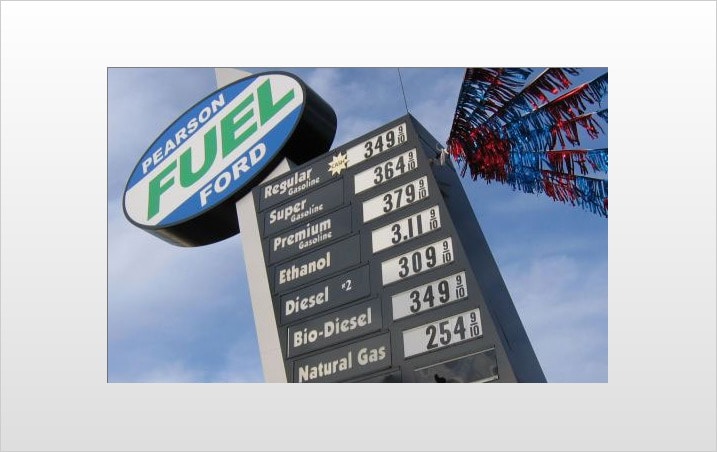Related Questions About E85
Recent concerns have surfaced about the efficiency of ethanol production. Some critics have actually said that it is a "negative energy source," meaning that more energy is required to produce ethanol than it delivers as a fuel. Further doubts have surfaced about the true environmental benefits of ethanol and E85. And some critics have cited the possibility of food shortages as farmers switch from growing corn for food production to growing it for ethanol. Higher corn prices have already been reported.
But our test wasn't designed to answer those questions. What we can say is that motorists feeling strapped because of current gasoline prices won't get any relief by switching to ethanol. There are sure to be some who elect to pay the premium to run on E85 to support U.S. energy independence, which is a noble act.
Looking into the future, E85 prices will almost certainly fall as production rises. But will they fall enough to offset the reduced fuel economy? And when will there be enough pumps to make it practical? A search of the federal government's alternative fuels finder shows that in 2014 there were 2,386 stations in the U.S. selling E85, most of them in the Midwestern Corn Belt states. If an E85 pump is just 10 miles out of the way, thus requiring a 20-mile round trip, you're looking at a $4 or $5 premium just to get to the fuel. We had to go 130 miles to find the only E85 station in our state at the time of the test. Eight years later in 2014, California had only 74 E85 stations, mainly in Southern California and the San Francisco Bay area. In addition, we can imagine a scenario in which elevated E85 demand will not only put upward pressure on E85 prices but may also tempt oil companies to cut gasoline prices to compete — ultimately driving the public back to fossil fuels.
We applaud the pursuit of energy independence, but is E85 the panacea promoters say it is? While it could be a part of a solution, it is clearly not a silver bullet.


 by
by 


